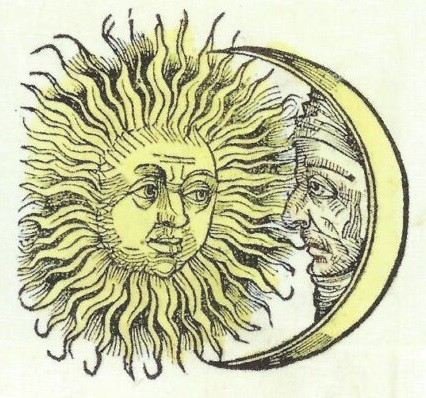
Yoshua – When the Sun Stood Still
When the Sun Stood Still (The Joshua miracle)
Uwe Topper, Berlin · 20 21
Short version of the research presented in my book “Jahrkreuz” (2016)
Civilized man’s memory is amazing, but drawing conclusions from it as if they reflected real events can be misleading.
Many chronocritics have doubted the reality of the so-called Joshua event, including myself. Several times I dealt with this subject, particularly in detail in my book “Jahrkreuz” (2016, pp. 324-347). I will summarize the main features here.
The basic statement pertains to a solar standstill at a specific moment in early history.
(The bibliographical references can be found in the book.)
Velikovsky was not a scientist, but dared to venture into this terrain when evaluating myths and traditions or chronicles. One does not have to be a physicist to recognize that a connection between legends (such as Atlantis) and statements about the planetary system is not a matter of course, it can only be taken as a suggestion. At least an analysis of the text is necessary: When did the Atlantis saga arise, who passed it on with what purpose, how was it understood and modified in the course of tradition, in what form is it available to us today?
All of this has long been put forward in many ways – the dispute over Velikovsky’s theories is 70 years old – yet, as far as I know, nobody has bothered to investigate at least the most important and fundamental use of an ancient text by Velikovsky: the Joshua Verses telling of the standstill of sun and moon during a battle for the conquest of Palestine by the Hebrews under the leadership of Joshua.
The two articles of Mills and Van der Sluijs in C&C Review 2019 and 2020, which go I discussed in my previous post, only treat a small excerpt in this sense, namely the equation of a light phenomenon with a comet and its dating by scholars in the Baroque period.
At least they revealed this: Velikovsky was a romantic dreamer who inspired many researchers, but did not apply textritic analysis to the sagas he used. For him, writings like the Bible contain reliable historiography with universal validity. And his profoundest experience, which anticipated all further conclusions, was the biblical Joshua account.
There are many sagas telling of cosmic turmoil and catastrophes among all peoples, they are mostly vague and seldom can be translated into geophysical events; so is the case with the Joshua incident. It may be regarded as a faint reminder of an unusual cosmic event, but it cannot be interpreted as to how the earth’s movement could have been at a certain time.
In the European-Oriental realm there are only a few fragments that describe a similar unusual movement of the heavenly lights, hardly a dozen in written form. I examined as to when they might have appeared and how they developed into the current form, i.e. subjected them to a textual analysis. The result is sobering. The Yosua-event is a literary topos that should not be older than 600 to 900 years and in no way can be evaluated as an eyewitness report.
My examination of the related traditions brought to light:
1. The Sun stood still
In the Old-French Chanson de Roland (possibly the oldest account, dated “1170”), the episode of the sun miracle is told in 40 verses: Charlemagne wants to avenge his friend Roland in the fight against the Saracens in Spain and asks for more time. God (through the angel Gabriel) grants him this by stopping the course of the sun.
In the Spanish legend of the battle of Tentudia (in Extremadura, “13th century”) Mary, queen of heaven, is entrusted with the miracle; there is no mention of God. The motive is the same: savoring vengeance on defeated enemies.
In both cases only a standstill of the sun is reported.
However, the events of Tentudia are only passed on much later. In the older Spanish texts, the sanctuary is famous, but not for this miracle. To Alphonse the Wise “1277” the miracle is still unknown.
It was first mentioned briefly in 1488 in a text by the Knights of Santiago. There are no allusions to possible biblical passages here, the name Joshua is missing from all of them.
In the Spanish legend of the battle of La Luz (“the light”, on the river Salado in Andalucia, “1340”) the Virgin de la Luz (Mary) prolonged daylight for the Christian army to win the battle; she is highly venerated till today (crowned in 2013), although the legend is difficult to trace back beyond 1700.
It seems to me that from around 1500 onwards the interest in this type of miracle became popular, even among Muslims. Ali, the gender of the prophet, made up for his morning prayer in the “Masjid ashShams, Solar Mosque” of Helle (Mesopotamia, where Babylon stood) with the help of a solar standstill.
A late echo might be the anecdote of Ali ben Hamdush, founder of a Sufi order (around 1700), who halted the sun for a palace slave to return in time from a love affair. He is called Lord of the Sun.
Plautus, “ancient” (but rather humanist) poet of comedies, brings something different in a humourous way: In his piece “Amphitryon” the moon is stopped at night so that Zeus can seduce the beautiful Alcmene. Traditionell however is Lope de Vega: In his play “El sol parado” (= The halted Sun, around 1600) he glorifies the hero Pelayo during the battle of Tentudía.
In the calendar of Ibn Asim of Cordoba (supposedly around “1000 AD”, probably fabricated in the late 16th century) the miracle is mentioned briefly, here connected to the name of Joshua. Joshua’s cosmic intervention does not appear in the Koran, only in some arab writers.
Zwingli speaks in a sermon in 1529 about the plague and cosmic catastrophes, “how the sun stopped in the middle of its course because the general Jesus (Joshua) needed light to persecute his enemies”. There is no mention of the moon.
In Luther’s Bible as illustrated by Cranach (1534), the general Joshua is depicted four times, the miracle of the sun is still missing. Likewise in the Chronicle of Schedel (1493): Joshua appears three times, but not our solar miracle, although Schedel discusses several other solar miracles.
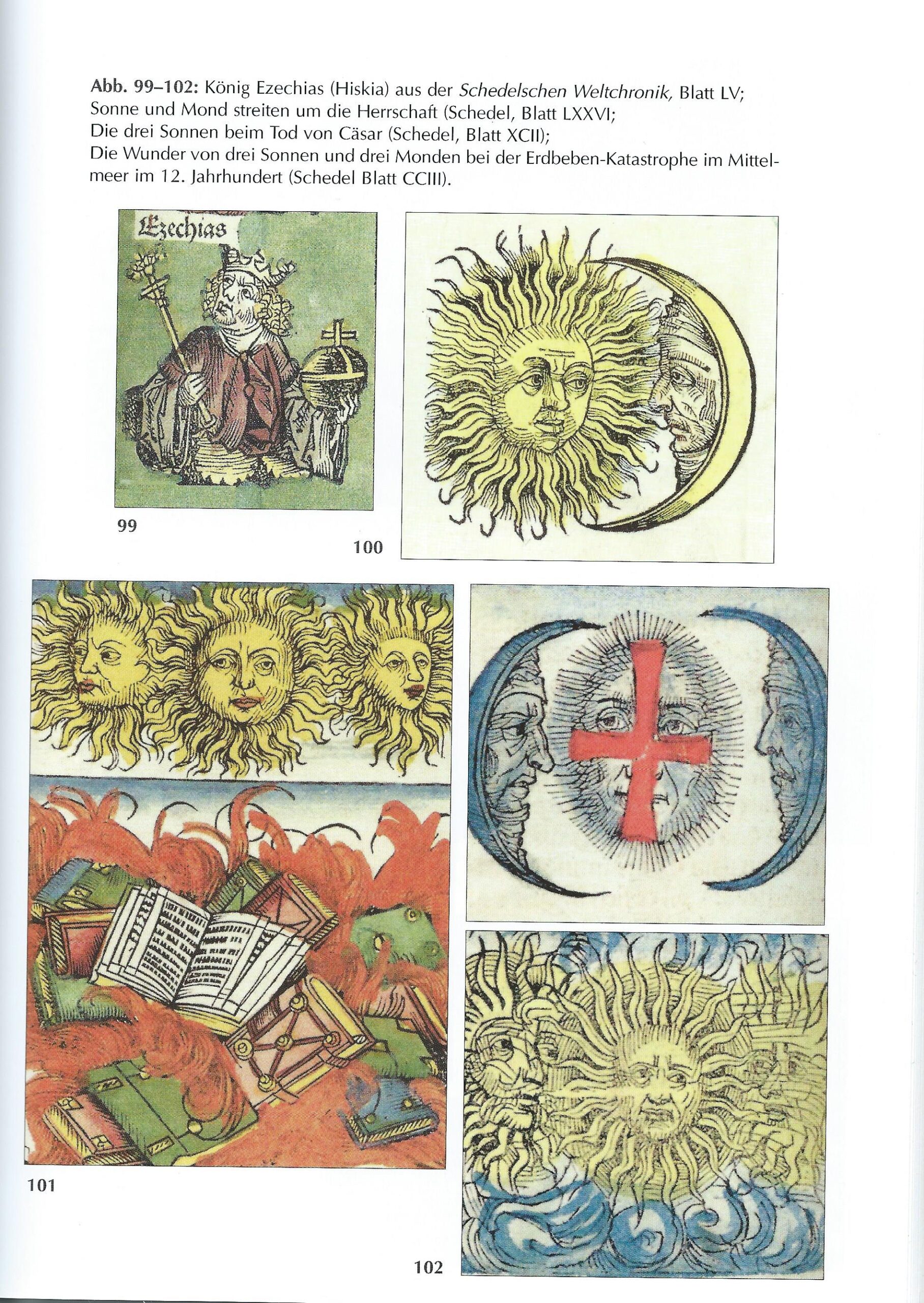
2. The Yoshua verses
Flavius Josephus (I suppose, written as late as 16th century) mentions the Joshua miracle directly, albeit briefly, for the first time. It is in the “Jewish Antiquities” (5th book, chap. 1, section 60 f), avoiding any relation to the Old Testament.
Tycho Brahe in his writing about the miracle star (the nova of 1572) mentions the receding of the sun for Joshua, which he thinks was possible. However, he does not know the wording of the Bible passage. He should have quoted correctly: standstill of the sun and moon.
Up to this point we can imagine the process of evolution of the Bible verses.
In the Bible (Joshua 10, 11-14) there is relation of a hail of stones that struck down the enemy and a battle in which the sun and moon stood still. The most important verses are: “So the sun stood still, and the moon stopped, till the nation avenged itself on its enemies, as it is written in the Book of Jashar. The sun stopped in the middle of the sky and delayed going down about a full day. There has never been a day like it before or since, a day when the Lord listened to the voice of a man.”
This was probably formulated between 1500 and 1530.
During a table talk on June 4, 1539, Luther raised the Joshua argument against Copernicus for the first time, yet without naming the astronomer.
This quotation from the Bible only became a cutting blade when the Inquisition questioned Galileo (from 1613 onward, more severely by 1615) with the argument that in the Joshua report God stopped the sun, not the earth.
In his defense, Galileo argues with precession of the equinoxes. But even he does not know the correct form of the Bible text: Joshua did not pray to God but commanded the heavenly lights; and God granted it not for victory but for savoring victory.
Galileo’s knowledge of the Joshua miracle is based exclusively on a writing by the Portuguese Jesuit Cosimo Magalhães (1612).
It is said that the impossible miracles of the sun (the second is that of Hezekiah) gave rise to a whole doctrine based on the divine laws. That is understandable because it concerned the immutability of the cosmos and the timetable for God’s judgment.
The Joshua argument held its sway for a long time and continued to be used in the late 17th century. Gottfried Wilhelm Leibniz tried to give the ideas of “good Catholic” Copernicus a foothold in the Catholic Church. He seriously intended with this strategy to unite into a single church the two churches that had fought each other bloodily for thirty years and devastated Germany. Around 1681 he traveled through Italy and spoke to Catholic scholars and clerics, completely unsuccessful.
It was not until 1822 that the Inquisition lifted the ban on Copernican views.
For Velikovsky, in 1940 (published 1950), the Joshua verses constituted the original experience that pervaded his entire theory. Through this the dispute about the scientific truthfulness of legends and articles of faith, which had long been settled, broke out again; scientists are upset.
I will not mention the swarm of meteorites reported falling simultaneously with the standstill of the sun, which Christoph Marx regarded as irrefutable proof of the authenticity of the Joshua text. The argument seems worthless to me. And I don’t treat the other miracle of the sun (Hezekiah) as a support either, it is actually too weak.
3. Earth as a spinning top
There has been a great deal of discussion regarding the mostly Greek and Latin stories of a temporary reversal of the course of the sun, i.e. that the earth’s movement could have been completely reversed triggering a catastrophe: the sun rose in the west and set in the east. Velikovsky has reignited this discussion because the relevant traditions support his theses, as he says.
The idea of a top symbolizing the earth’s rotation (precession) was applied to the reversal of the earth by the Viennese paleobiologist Louis Suball (1958). The direction of rotation of the unbalanced top continues unchanged while it moves upside down due to gravity. Accordingly, the sun moves (on a special occasion) reversely across the sky. The same of course applies to the moon and the view of the starry sky at night (a point that was already considered by the Inquisition).
Peter Warlow (1978/1982) pursued the idea of the top further and entered it into the discussion that Velikovsky had initiated.
Such a reversal, however, will only have been a short process. Soon the old state of rotation would have been restored. In the process, the sun’s movement may have come to a short standstill, as some traditions suggest. I recorded a Sufi prophecy in 1979, which may be based on memories of such an incident in early human history. I also found parallels of it in Maghreb literature.
The Berber prophecy does not contain any information about the cause of the tumbling movement, nor is God mentioned as the cause. This stays in line with the Greek idea that such occurrences are to be expected “from time to time”, that is, without any recognizable trigger.
This reminds me of the Phaethon myth in Ovid (Metamorphoses II, Phaeton 409 f), where the Ligurian prince “remembering the cruel fire (…) still distrusts heaven”.
All of this reveals little about the event itself; at best it suggests that something like it may have happened. Today, 70 years after Velikovsky’s initial publication, we cannot share the certainty with which Velikovsky upgraded these legends into evidence.
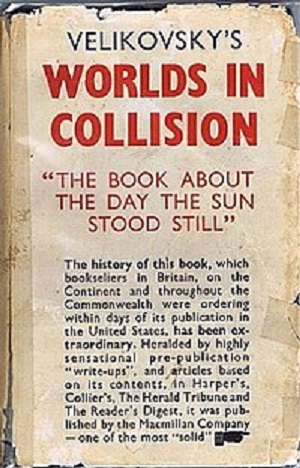
The first book by Velikovsky on this item, titled “Worlds in Collision. The Book about the Day the Sun stood still” appeared at Doubleday & Co., New York 1950
Uwe Topper, Berlin, March 2021


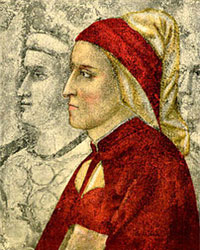
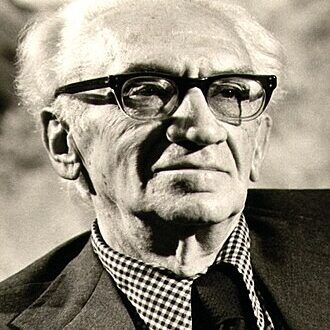
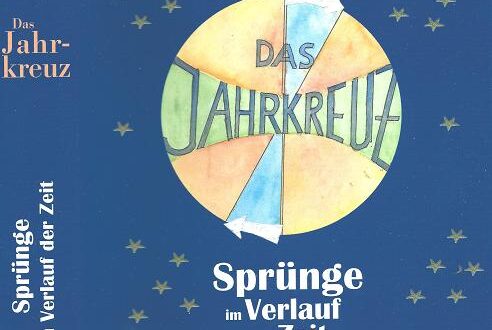
One Comment
Joan Baxter
When the Sun Stood Still or : The Joshua miracle
presented in Topper’s book “Jahrkreuz” (2016).
Starting point in question: Bringing legends into evidence as Velikovsky suggested.
The book gives details of various events at different times given in various documents. These are mentioned thoughtfully and informatively, with room for further discourse if needed. The net was wide and included many creeds from ancient beliefs. Love and comedy is included and the human strain also plays its part.
The investigation itself is wide and extremely interesting drawing one in to the melé. Velikovsky’s theory of upgrading legends to evidence was not accepted with any certainty, it does leave a question mark over ‘what inspiration it may offer in the future’.
Joan Baxter, London, March 28th, 2021